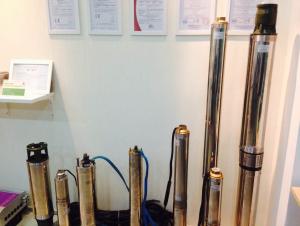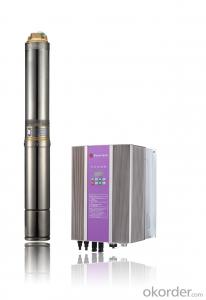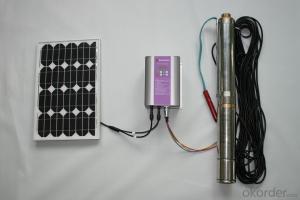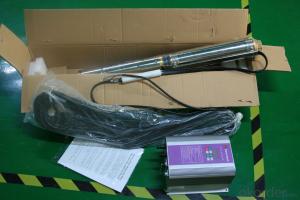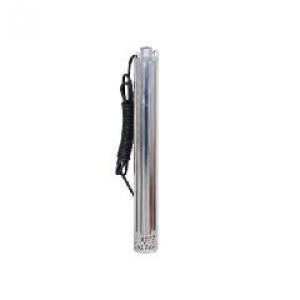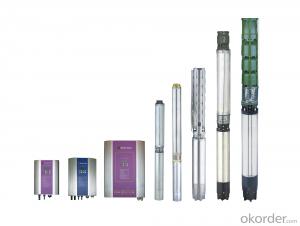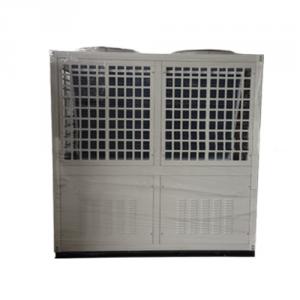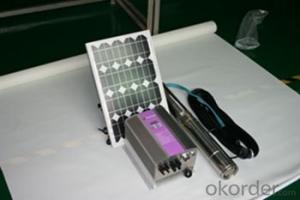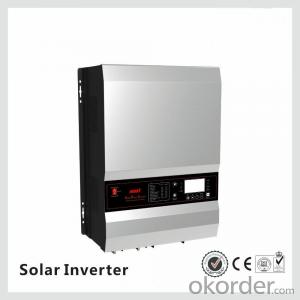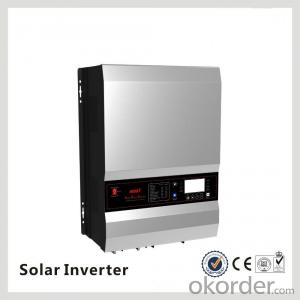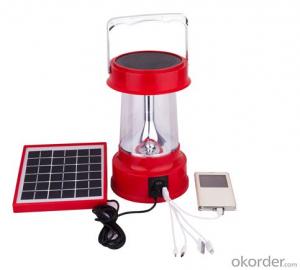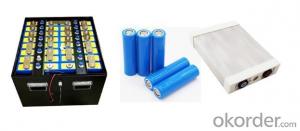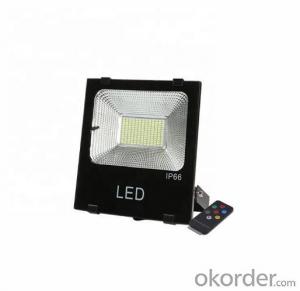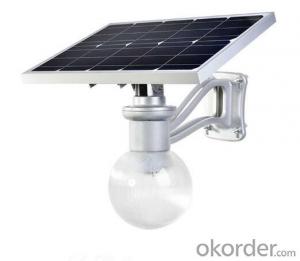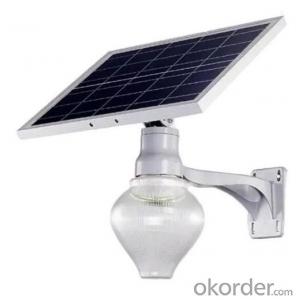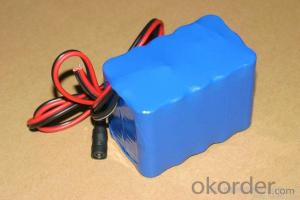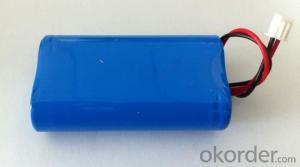Solar Power Ac Inverter
Solar Power Ac Inverter Related Searches
Solar Ac Inverter Ac Inverter Solar Solar Inverter Ac Inverter Ac On Solar Power Ac Solar Pump Inverter Ac Inverter For Solar Panels Ac Inverter Solar Panel Solar Dc Ac Inverter Solar Power To Ac Inverter Inverter Ac Solar System Solar Dc To Ac Power Inverter Solar Power Inverter Dc To Ac Solar Inverter Ac Dc Ac Dc Inverter Solar Ac Dc Solar Inverter Solar Power Dc To Ac Inverter Solar And Ac Inverter Power Solar Inverter Solar Power Battery Inverter Inverter Ac With Solar Panel Solar Panel With Ac Inverter Solar Energy Power Inverter Solar Inverter Ac Output Solar Solar Inverter Apc Solar Inverter Solar Dc To Ac Inverter Solar Powered Power Inverter Solar Converter Inverter Dc To Ac Solar Power Inverter Solar Power Plant InverterSolar Power Ac Inverter Supplier & Manufacturer from China
Solar Power Ac Inverter is a crucial component in the solar energy system, responsible for converting the direct current (DC) generated by solar panels into alternating current (AC) that can be used by homes and businesses. This conversion process is essential for harnessing the power of the sun and making it usable for various electrical appliances and systems.The Solar Power Ac Inverter is widely used in residential, commercial, and industrial settings where solar energy is harnessed to reduce reliance on traditional power sources. It is particularly beneficial in areas with high electricity costs or limited access to grid power, providing a sustainable and eco-friendly alternative. These inverters are also used in off-grid applications, such as remote cabins, boats, and recreational vehicles, ensuring a reliable power supply without the need for a connection to the main power grid.
Okorder.com is a leading wholesale supplier of Solar Power Ac Inverters, offering a vast inventory of high-quality products to cater to the diverse needs of customers worldwide. With a commitment to excellence and customer satisfaction, Okorder.com ensures that each inverter is thoroughly tested and meets the highest industry standards, making it a reliable choice for those looking to invest in solar power solutions.
Hot Products



